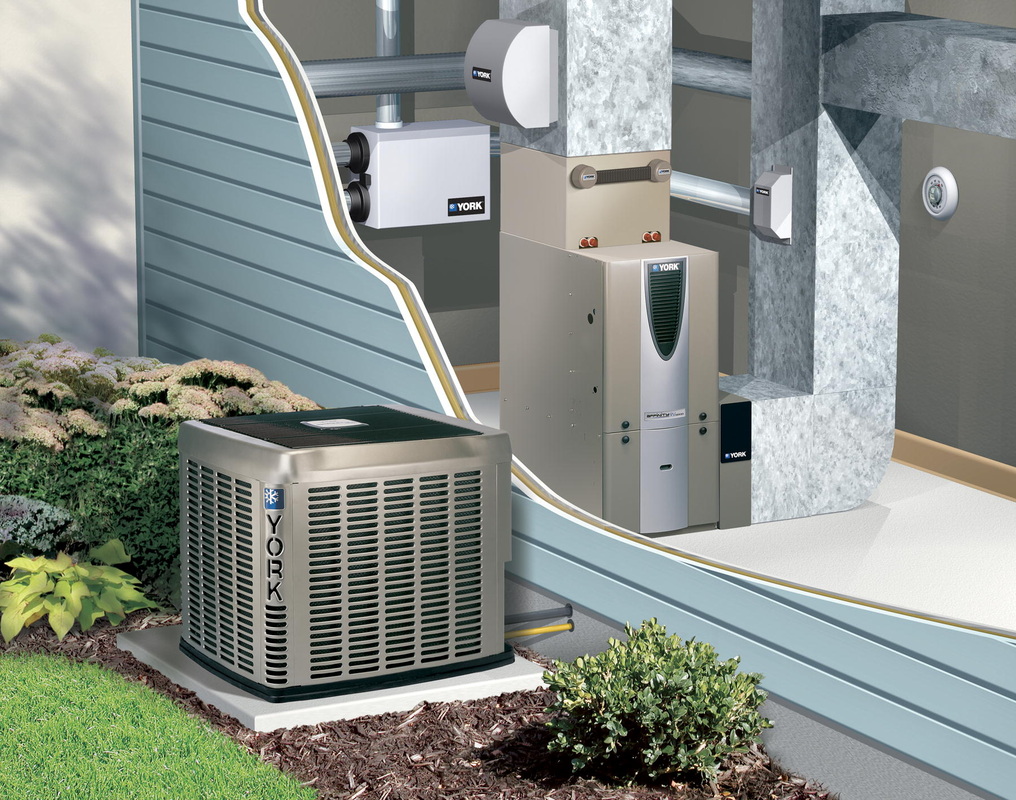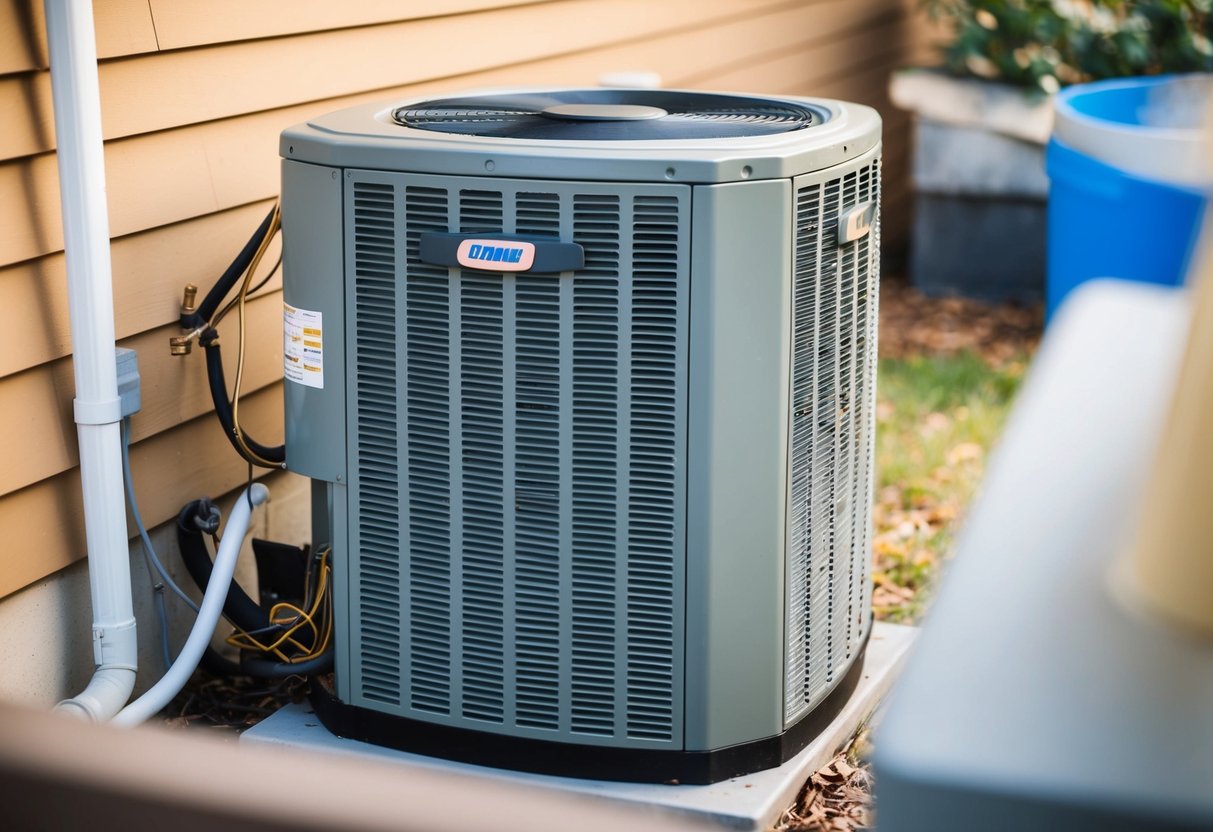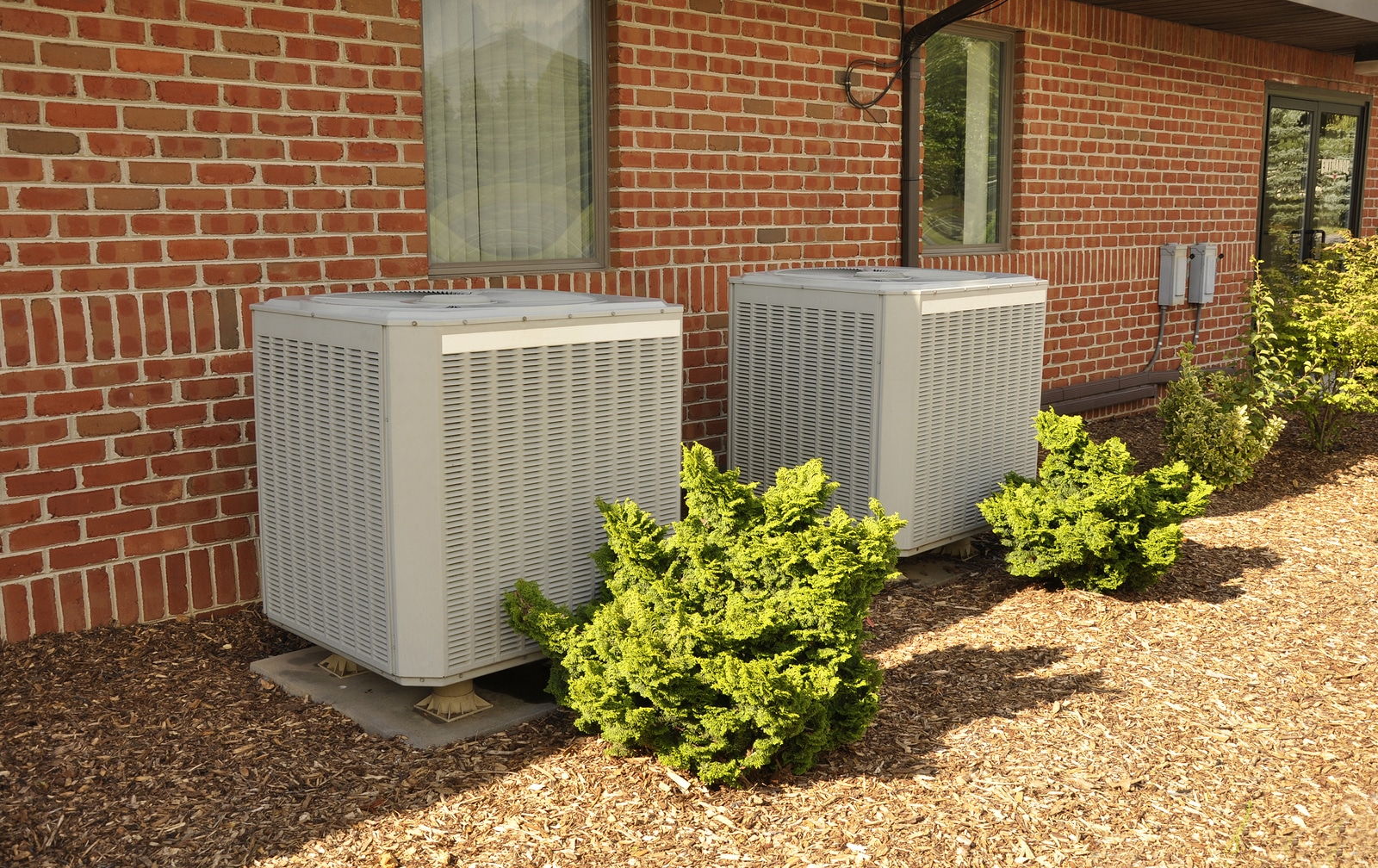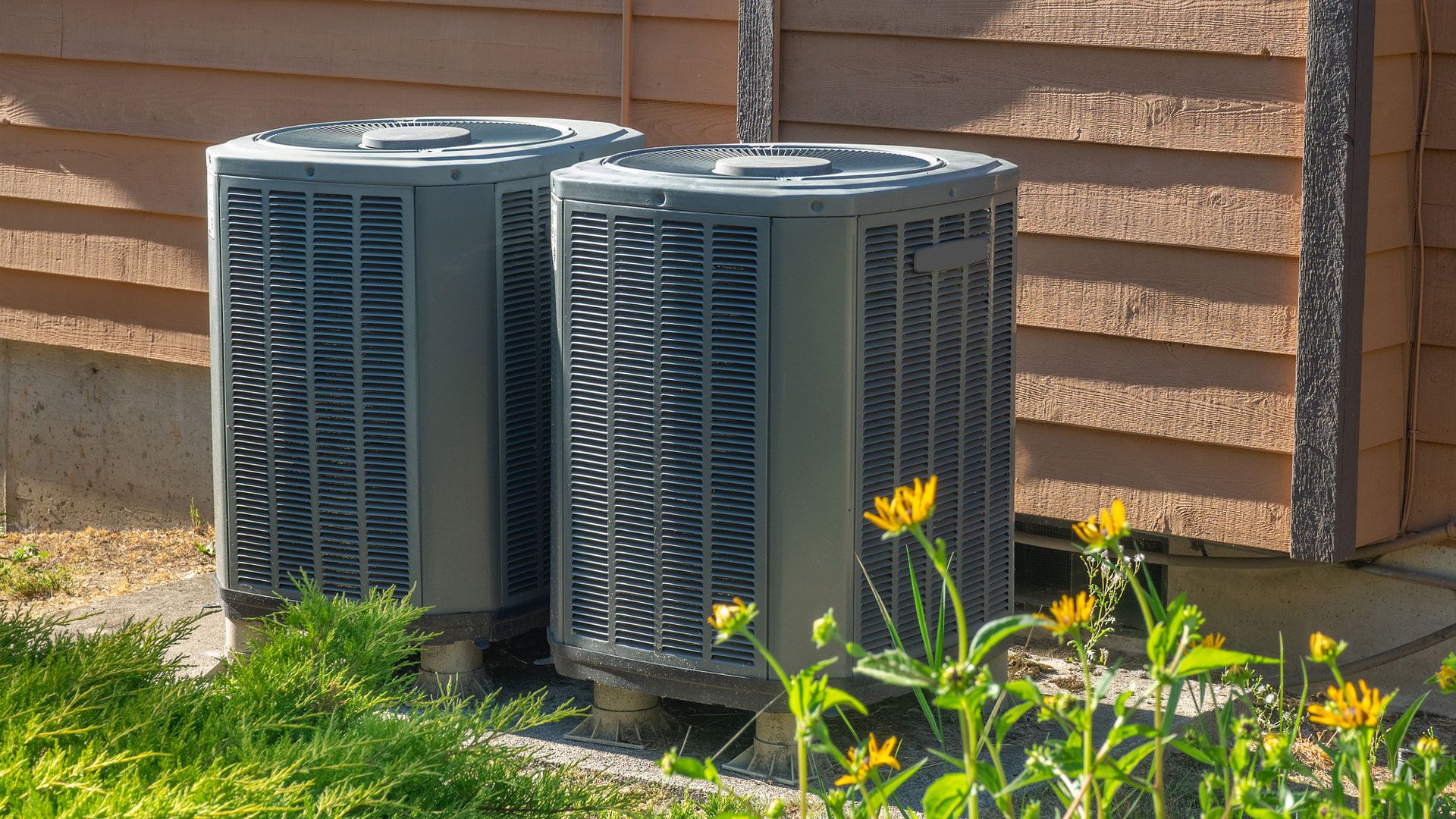Central Air Conditioning Units For Homes

Understanding Central Air Conditioning Units For Your Home
Central air conditioning is a marvel of modern engineering, keeping our homes comfortable during sweltering summers. But like any complex system, it can experience hiccups. This guide helps homeowners, DIY enthusiasts, and even junior technicians understand the basics of central AC units, troubleshoot common problems, and know when to call a professional. We'll also touch on estimated repair costs to help you budget effectively.
How Central AC Works: A Simplified Overview
A central air conditioning system isn't just one unit; it's a network of components working together. The basic principle is simple: it transfers heat from inside your home to the outside. Here's a quick rundown:
- Refrigerant: This special fluid circulates throughout the system, absorbing and releasing heat.
- Compressor: The heart of the system, the compressor pressurizes the refrigerant, increasing its temperature. It's usually located in the outdoor unit.
- Condenser: The hot, high-pressure refrigerant flows to the condenser coil (also in the outdoor unit), where it releases heat to the outside air and cools down, changing from a gas to a liquid.
- Expansion Valve (or Metering Device): This regulates the flow of refrigerant into the evaporator coil.
- Evaporator Coil: Located inside your home (usually within the air handler or furnace), the cold, low-pressure refrigerant absorbs heat from the indoor air as it passes over the evaporator coil. A fan blows air across the coil, distributing cool air through your ductwork.
Essential Tools for Basic AC Troubleshooting
Before you start, gather these tools. Safety first! Always turn off the power to the AC unit at the breaker box before working on it.
- Screwdrivers (Phillips and flathead)
- Wrench set
- Multimeter
- Voltage tester
- Fin comb
- Vacuum cleaner with hose attachments
- Gloves
- Safety glasses
Common AC Problems and DIY Troubleshooting Steps
Let's dive into some typical AC issues and how you can try to resolve them yourself.
1. AC Unit Not Turning On
This is a frequent problem, and often the fix is simple.
- Check the Thermostat: Ensure it's set to "Cool" and the temperature is lower than the current room temperature. Replace the batteries if needed.
- Inspect the Breaker: Go to your electrical panel and check the breaker for the AC unit. If it's tripped, reset it. If it trips immediately again, there's likely a short circuit, and you need to call a professional.
- Examine the Disconnect Switch: The outdoor unit usually has a disconnect switch (a small box near the unit). Make sure it's in the "On" position.
- Check the Condenser Fan: Look inside the outdoor unit (after disconnecting power!) to see if the fan blades are obstructed by debris. Clear any leaves, branches, or other obstructions.
- Dirty Air Filter: A clogged air filter restricts airflow, which can cause the unit to overheat and shut down. Replace the air filter regularly (every 1-3 months).
2. AC Unit Blowing Warm Air
Warm air is a sign something isn't cooling properly.
- Dirty Air Filter: Yes, it bears repeating! A dirty filter is a prime suspect.
- Dirty Condenser Coils: Over time, the outdoor condenser coils can become covered in dirt, dust, and debris. This reduces their ability to release heat. Use a garden hose (with a gentle spray nozzle) to clean the coils from the inside out. Do not use a pressure washer! A fin comb can help straighten bent fins after cleaning.
- Frozen Evaporator Coil: This is often caused by restricted airflow (dirty filter, blocked vents) or low refrigerant. Turn off the AC and only run the fan to thaw the coil. Check for and correct airflow issues before restarting the AC. If it freezes again, you likely have a refrigerant leak.
- Refrigerant Leaks: Refrigerant leaks are a serious issue that require a professional. You'll notice signs like poor cooling, hissing sounds, or ice buildup on the refrigerant lines.
3. AC Unit is Leaking Water
A little condensation is normal, but excessive leaking indicates a problem.
- Clogged Condensate Drain Line: This is the most common cause. The condensate drain line carries water away from the evaporator coil. Use a wet/dry vacuum to clear any clogs. You can also try pouring a cup of diluted bleach down the drain line periodically to prevent algae growth.
- Cracked Drain Pan: Inspect the drain pan (located under the evaporator coil) for cracks or damage. Replace it if necessary.
4. Noisy AC Unit
Unusual noises can indicate mechanical problems.
- Rattling: Loose panels or debris inside the unit. Tighten screws and remove any obstructions.
- Squealing: Often indicates a worn-out belt (if your system uses one) or a failing motor bearing. Replace the belt or call a technician to address the motor.
- Grinding: Could indicate a failing compressor or motor. This is a serious issue that requires professional attention.
- Buzzing: Loose electrical connections or a failing capacitor. Tighten connections (after disconnecting power!) or replace the capacitor (if you're comfortable working with electrical components and know how to safely discharge it).
When to Call a Professional HVAC Technician
While some AC problems can be tackled by homeowners, others require the expertise of a qualified HVAC technician. Call a professional if:
- You suspect a refrigerant leak. Handling refrigerant requires specialized equipment and certifications.
- You're uncomfortable working with electrical components.
- You suspect a compressor problem.
- The problem persists after you've tried troubleshooting.
- You lack the necessary tools or experience.
Estimating AC Repair Costs
AC repair costs vary depending on the issue, the type of unit, and your location. Here are some *rough* estimates:
- Replacing a capacitor: $100 - $300
- Cleaning condenser coils: $75 - $200
- Unclogging a condensate drain line: $75 - $200
- Refrigerant recharge: $200 - $800 (depending on the type of refrigerant and the amount needed)
- Compressor replacement: $1,200 - $3,000+
- Evaporator coil replacement: $800 - $2,500
- Condenser fan motor replacement: $300 - $800
Important Note: These are just estimates. Always get a written quote from a reputable HVAC contractor before authorizing any repairs. Get multiple quotes to compare pricing.
Preventative Maintenance: Keeping Your AC Running Smoothly
The best way to avoid costly repairs is to perform regular preventative maintenance.
- Change the air filter regularly: As mentioned earlier, this is crucial for maintaining airflow.
- Clean the condenser coils annually: This helps the unit release heat efficiently.
- Inspect the condensate drain line: Check for clogs and clear them as needed.
- Schedule annual professional maintenance: A qualified technician can inspect the system, identify potential problems, and perform necessary adjustments.
Understanding SEER Ratings and Energy Efficiency
When it's time to replace your AC unit, consider its SEER (Seasonal Energy Efficiency Ratio) rating. A higher SEER rating means the unit is more energy-efficient, which can save you money on your energy bills. The minimum SEER rating currently mandated in the United States is 14 in most regions. Look for Energy Star certified models for optimal efficiency.
Final Thoughts
Central air conditioning units are complex systems, but understanding the basics can empower you to troubleshoot simple problems and keep your home comfortable. Remember to prioritize safety and call a professional when needed. Regular maintenance and an understanding of your system will help you save money and extend the life of your AC unit. Always consult a qualified HVAC technician for complex repairs and refrigerant handling.
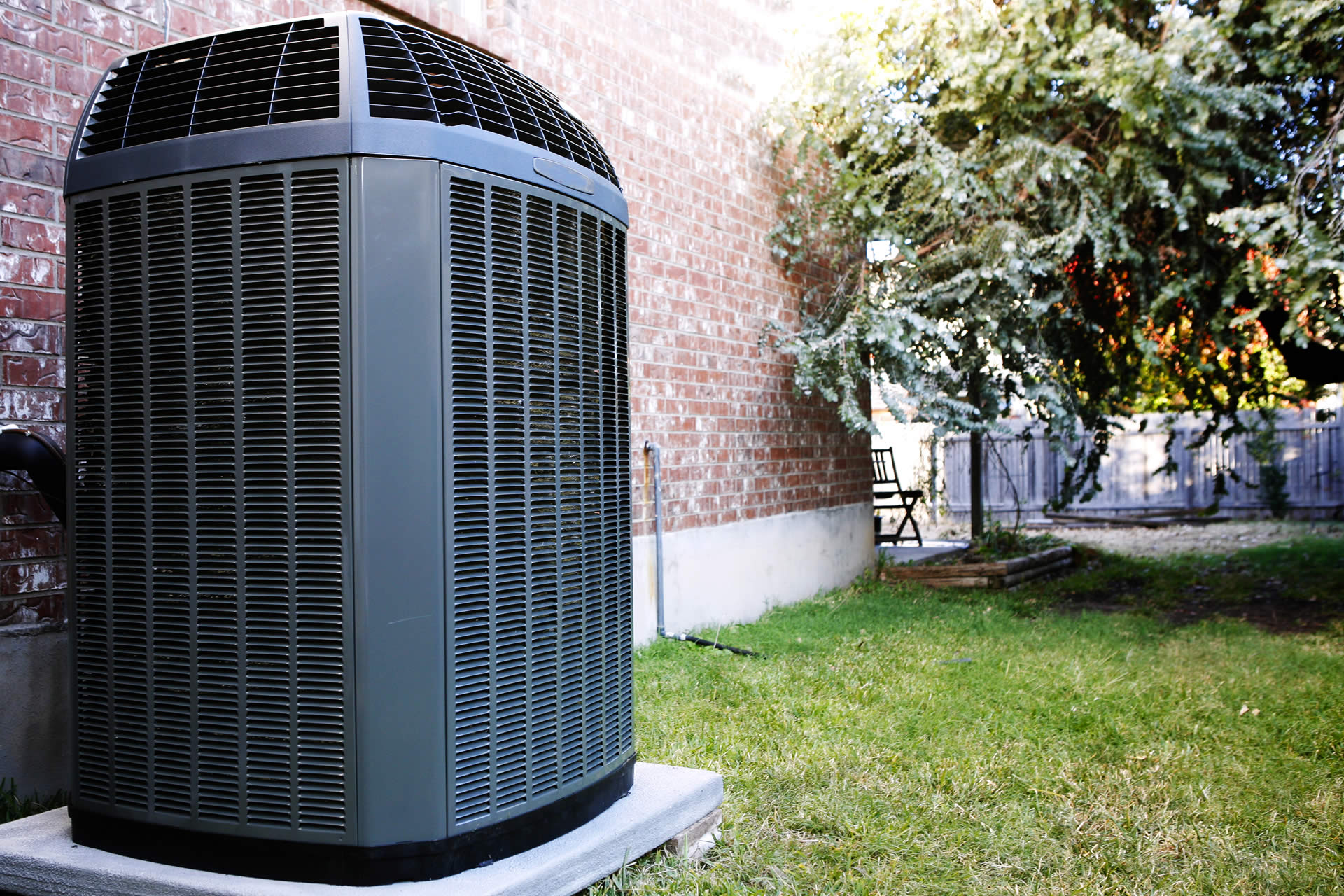
:max_bytes(150000):strip_icc()/central-air-58e994303df78c51625541a8.jpg)
